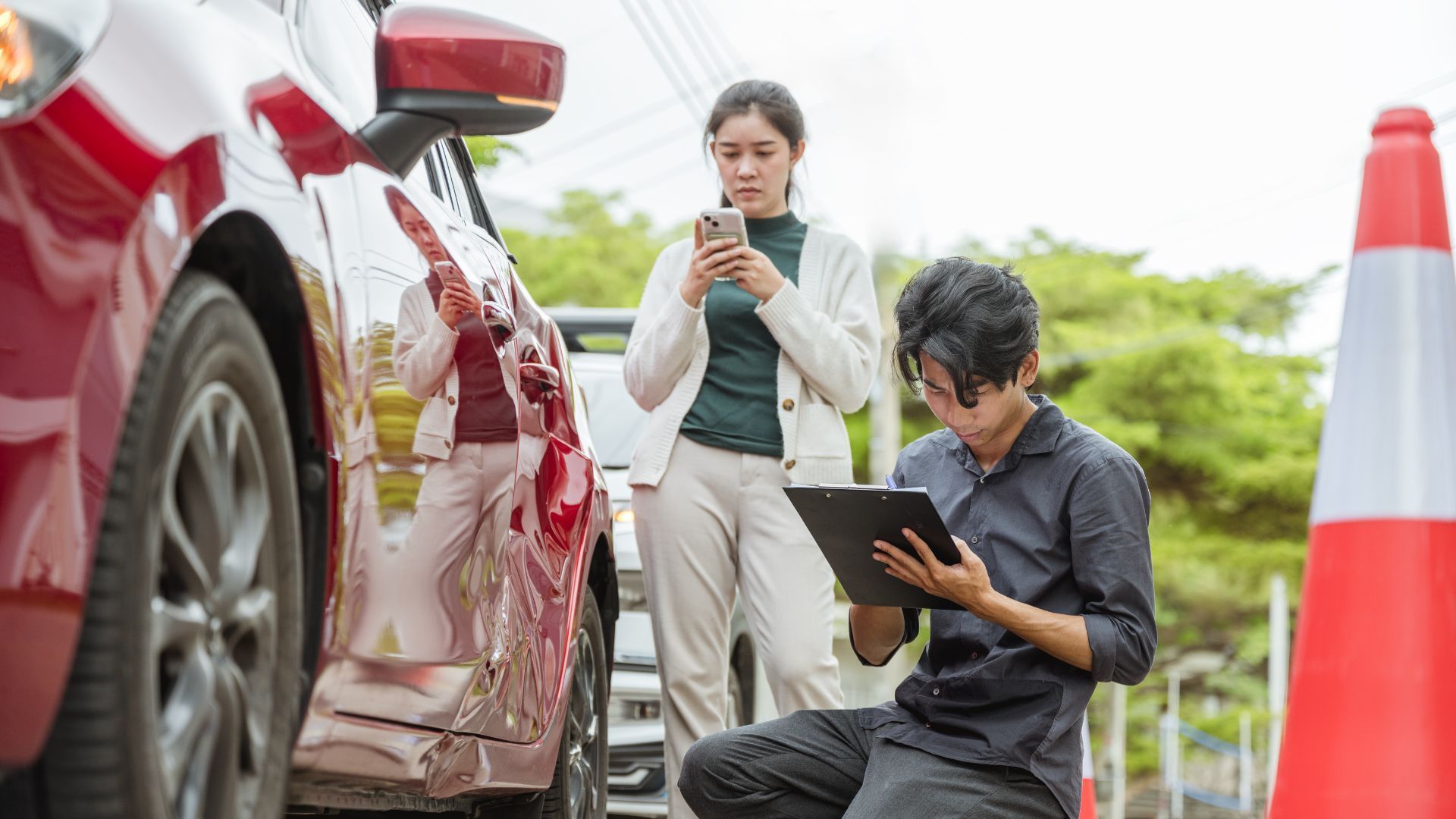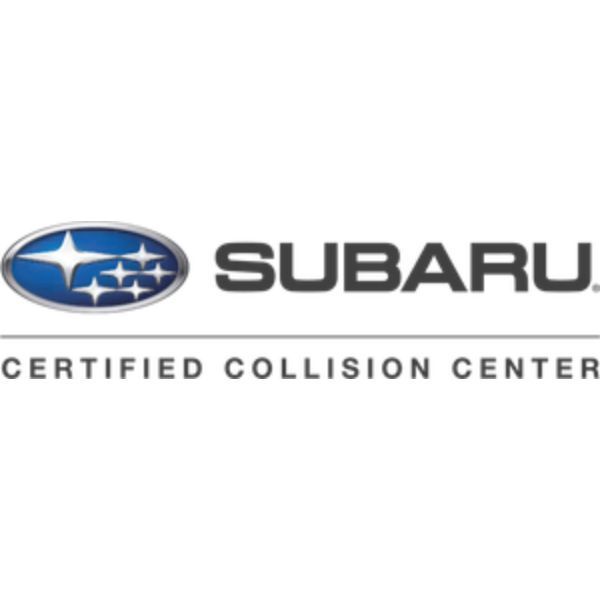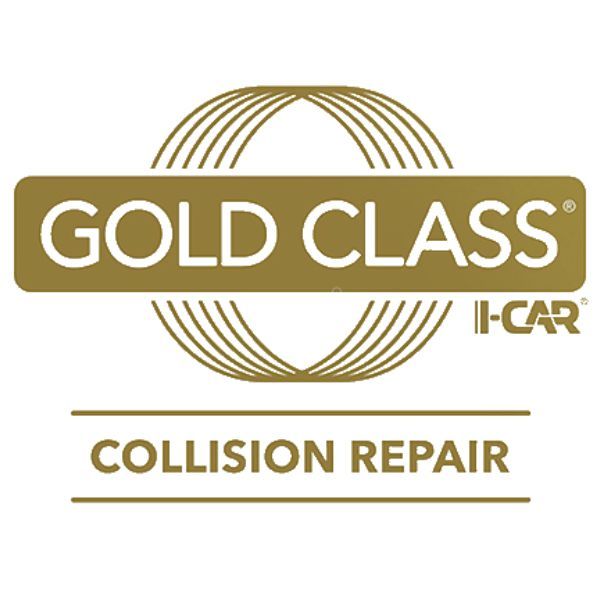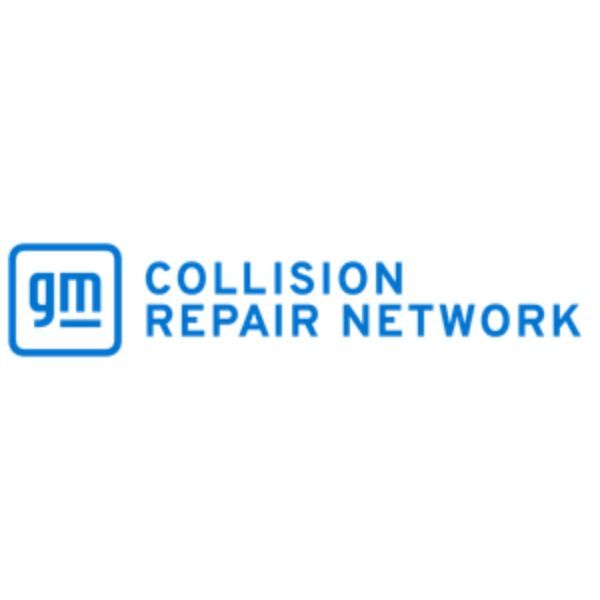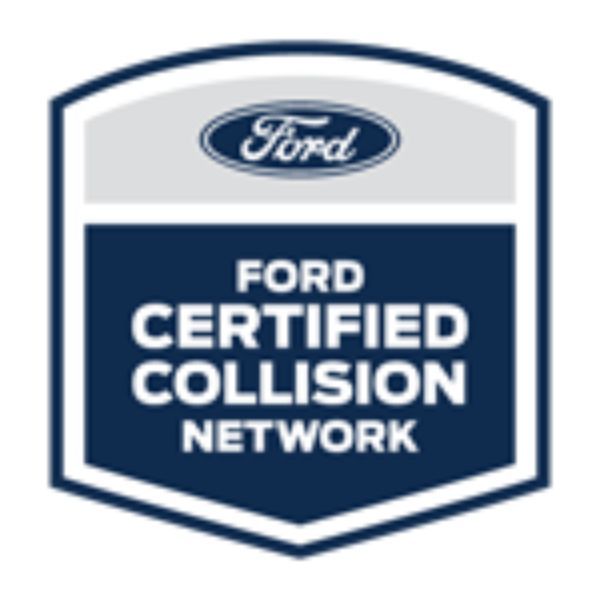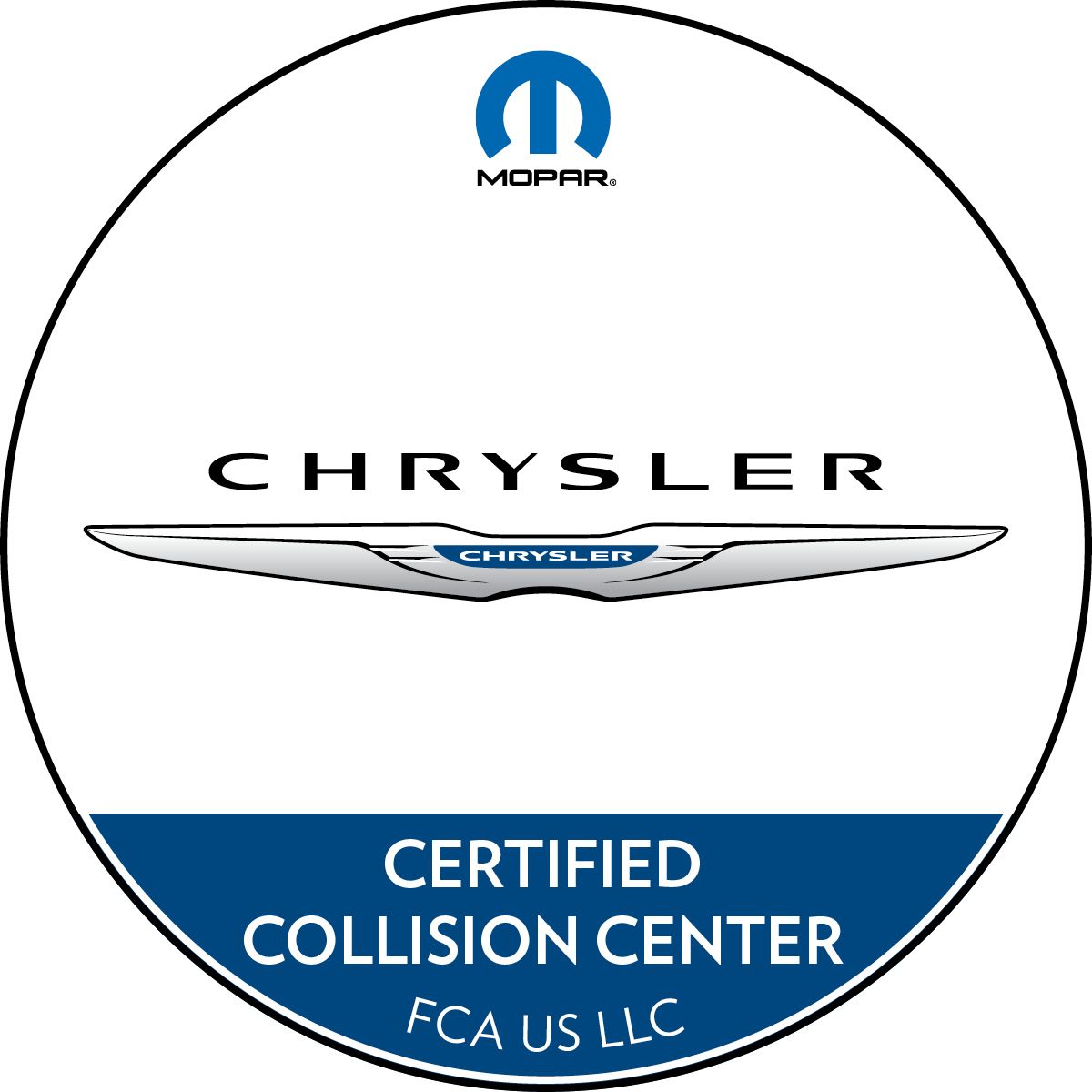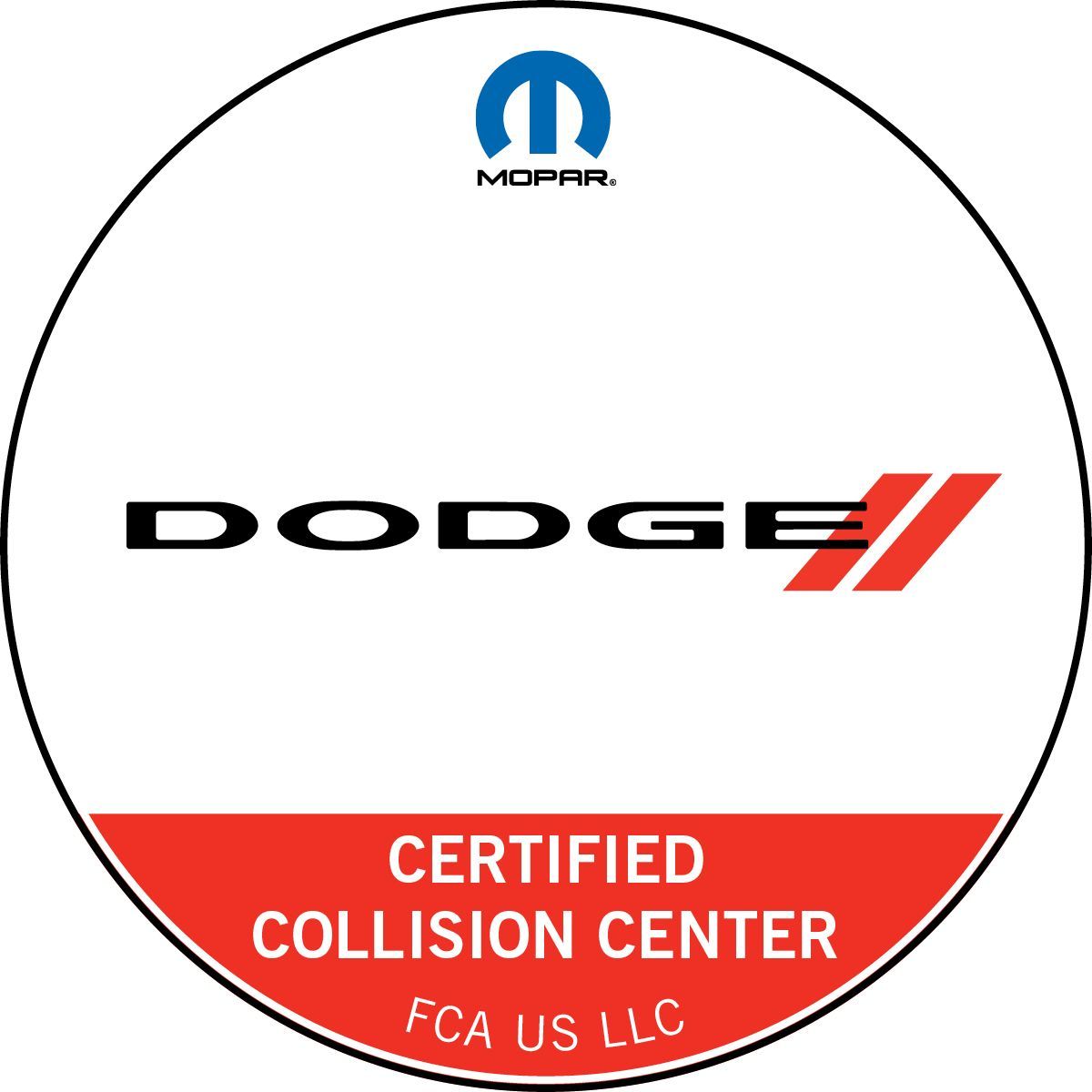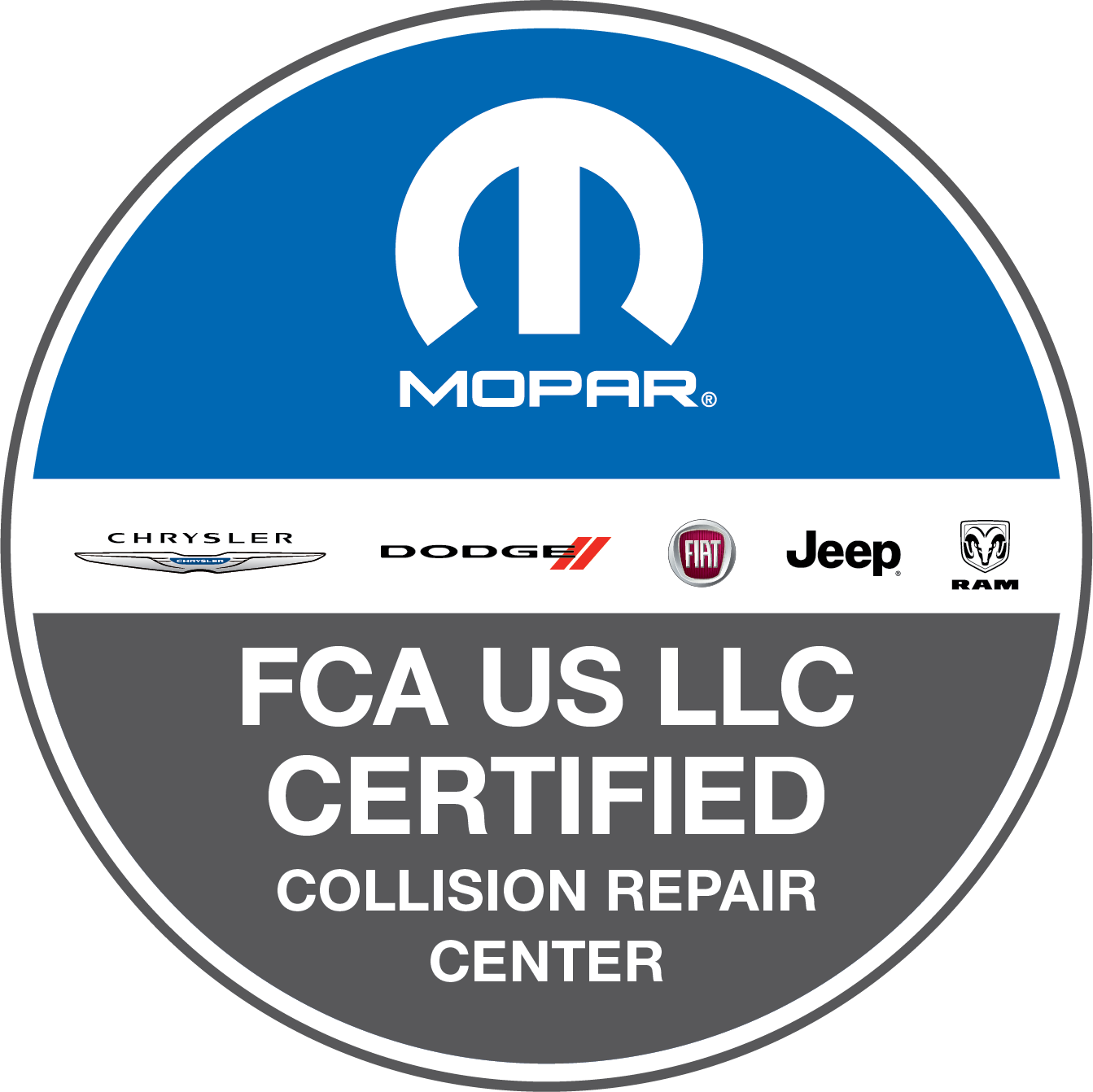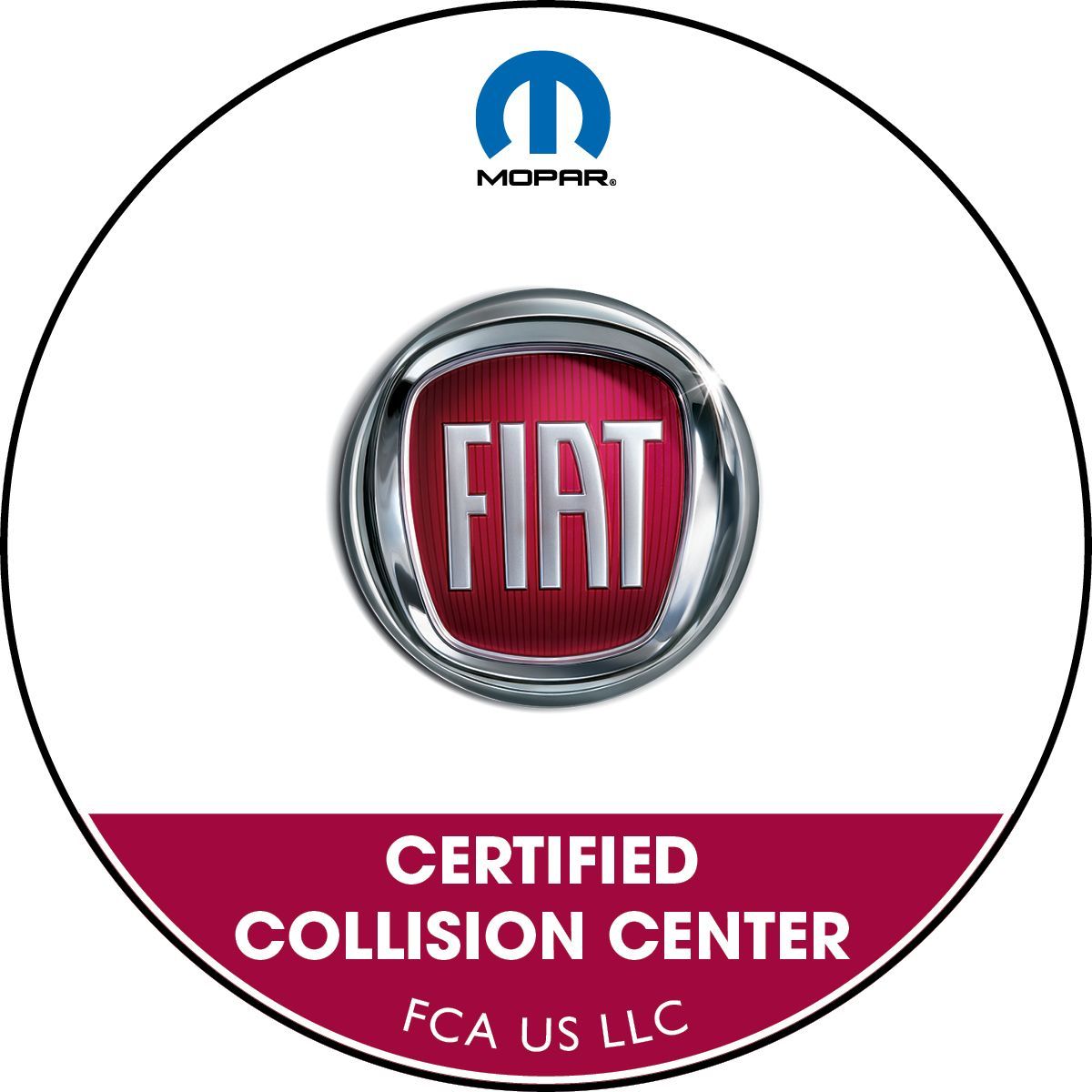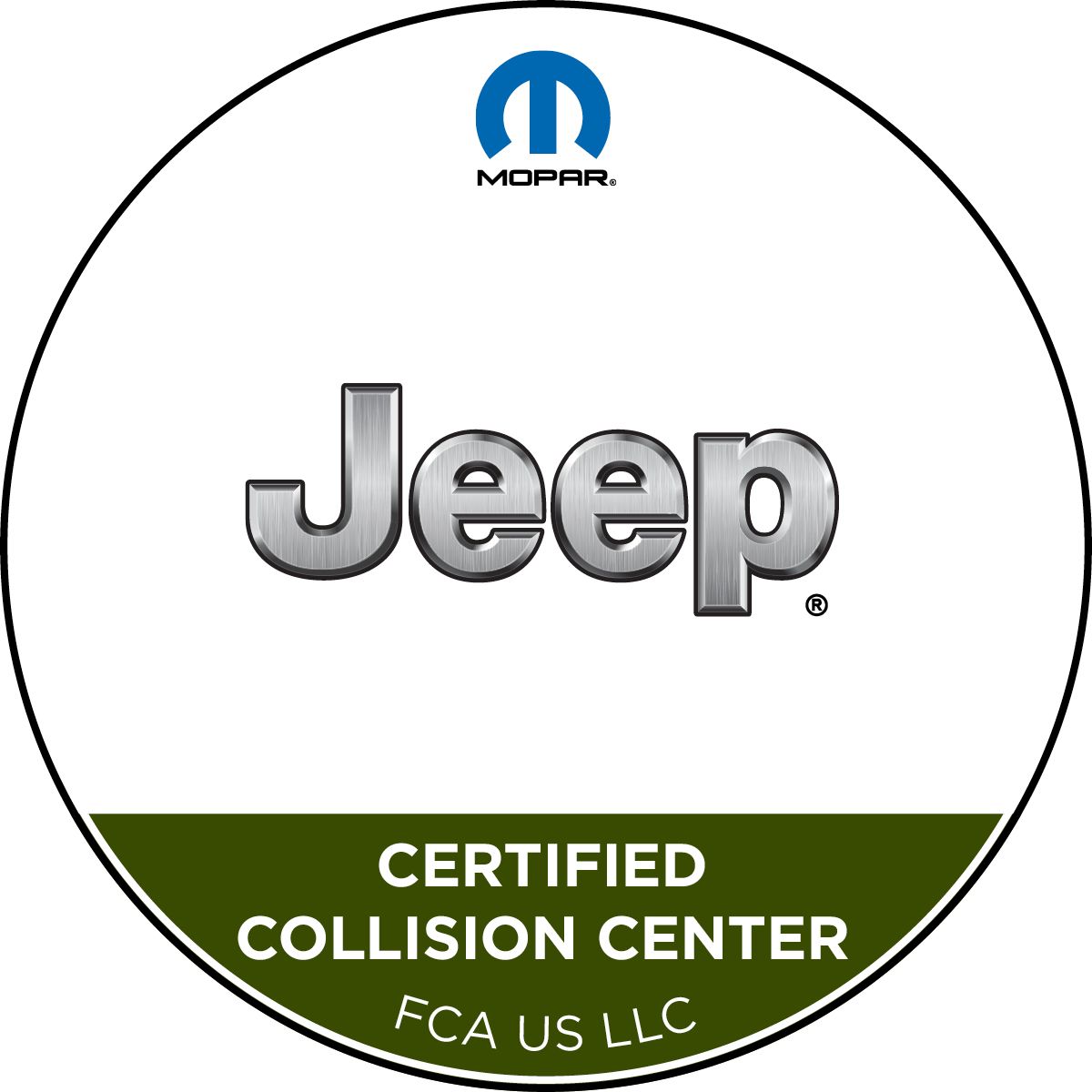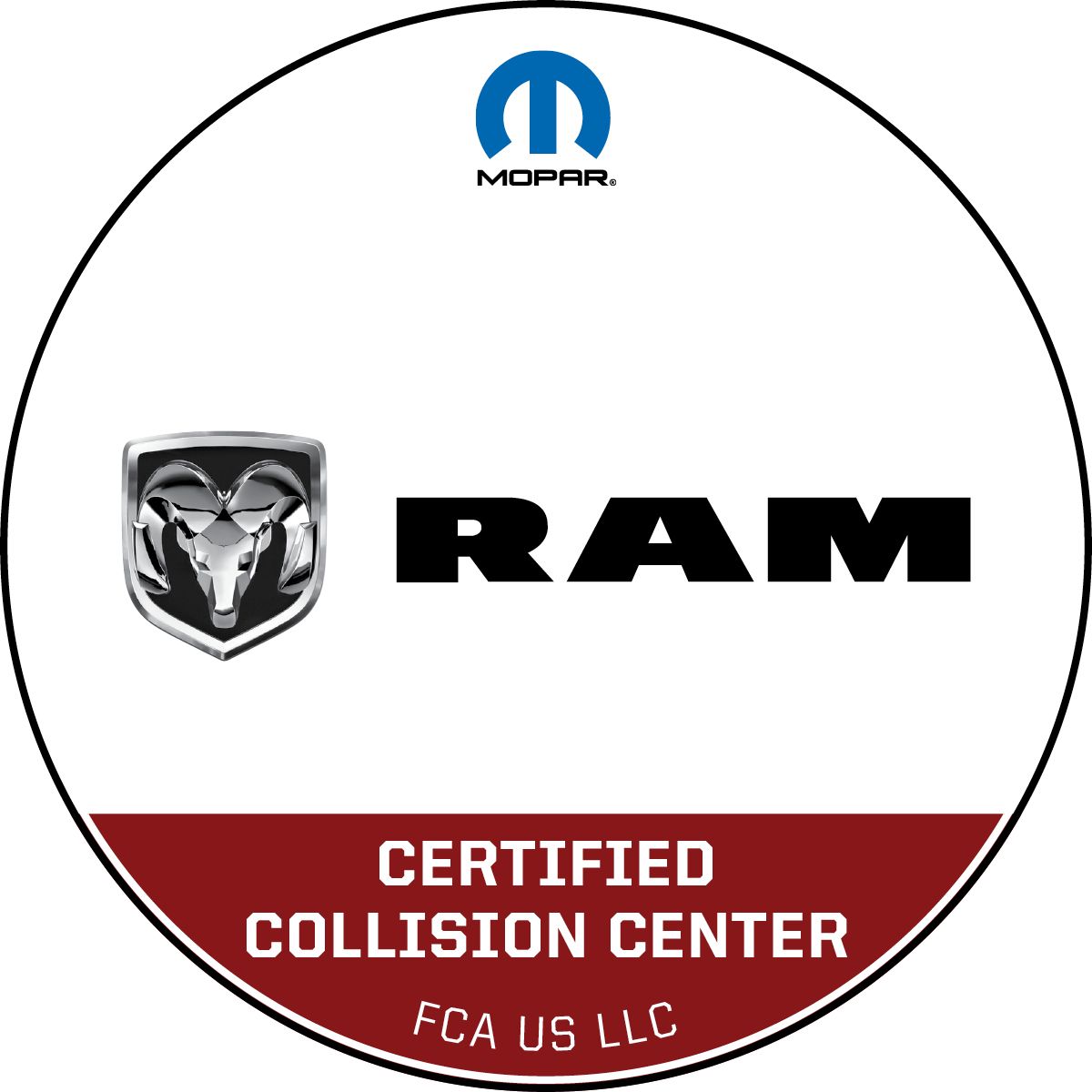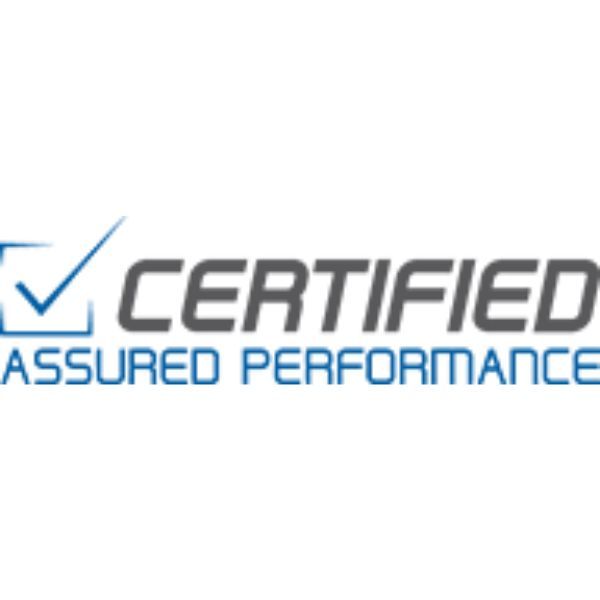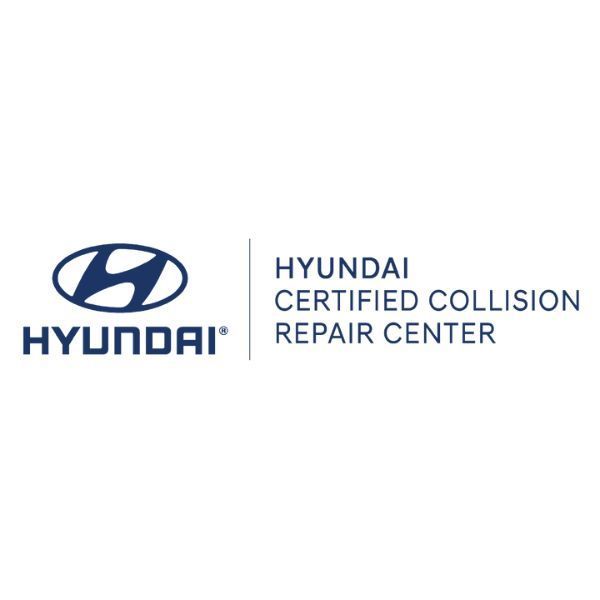How to Handle a Hit and Run
Being involved in a hit-and-run accident can be a distressing and frustrating experience. When a driver flees the scene without providing their information, it can leave you feeling helpless and unsure of how to proceed. However, it's crucial to know the steps you can take to handle a hit-and-run situation effectively. So, we'll guide you through the necessary actions to take if you find yourself in a hit-and-run accident.
Safely Gather Information on the Hit and Run
The priority after a hit-and-run incident is to safely gather information. If possible, move your vehicle to a safe location away from traffic. Then, try to gather as much information as possible about the other vehicle involved in the accident. Take note of the make, model, color, and license plate number if you can catch it.
If you have a dashcam installed, read out the other vehicle’s license plate so it’s audibly recorded. This means you don’t have to worry about forgetting a license plate number or relying on low-resolution footage. Additionally, if there were any witnesses, ask for their contact information as their statements can be valuable for insurance claims or police reports.
Take pictures or videos of the accident scene, including any damage to your vehicle. Capture the positions of the vehicles involved and any debris on the road. This documentation will serve as evidence of the hit and run and can aid in the investigation and insurance claim process. Additionally, if there were any surveillance cameras nearby, inform the police, as their footage might have captured the incident.
Notify Your Insurer and Law Enforcement
Next, it’s imperative that you immediately contact the police to report the hit-and-run incident. Provide them with all the details you gathered, including the description of the other vehicle and any witness statements. The police will create an official report of the accident, which will be important for insurance purposes and potential legal action.
Contact your insurance company as soon as possible to report the hit and run. Provide them with all the details of the incident, including the police report and any evidence you collected. They will guide you through the claims process and help assess the damage to your vehicle. Depending on your policy and the circumstances, your insurance company may cover your repair costs.
Choose a Reputable Collision Center
Following a hit-and-run, choose a reputable collision center that specializes in auto body repairs. Look for a collision center with a strong track record of quality workmanship and customer satisfaction. By selecting a reputable collision center that excels in these areas, you can ensure that your vehicle and its collision repairs are in capable hands.
1. Expertise and Experience
Ensure that the collision center has skilled, experienced technicians who can handle a wide range of repairs, including those resulting from hit-and-run accidents. Look for certifications and accreditations that validate their expertise, such as I-CAR Gold certification.
2. Range of Services
Confirm that the collision center offers comprehensive repair services, including bodywork, frame alignment, dent removal, and paint refinishing. They should have the necessary equipment and offer advanced techniques to restore your vehicle to its pre-accident condition.
3. Insurance Claims Assistance
Find a collision center that can assist you with navigating the insurance claims process. They should have experience working with insurance companies and conversely be able to provide accurate repair estimates and documentation to support your claim.
4. Warranty and Customer Satisfaction
Ask about the warranties provided by the collision center for their repairs. A reputable center will stand behind their work and offer warranties that give you peace of mind. Additionally, read reviews and testimonials from previous customers to gauge their satisfaction levels and overall experience with the collision center.
5. Timeliness and Communication
Communication is key during the repair process. Choose a collision center that keeps you informed about the progress of your repairs, provides realistic timelines, and promptly addresses any concerns or questions you may have.
We Can Handle any Hit and Run Repair
While experiencing a hit-and-run accident can be disheartening, stay calm and take the appropriate steps. By ensuring your safety, gathering information, notifying the authorities, documenting the scene, and contacting your insurance company, you increase the chances of a successful resolution to the hit-and-run incident. Stay proactive and rely on the support of the authorities and your insurance company to navigate through the aftermath of a hit and run, ultimately helping you move forward and restore your peace of mind.
Remember, assistance from a professional auto body shop like Morrow Collision Center can help assess and repair damage to your vehicle. We
enjoy restoring your vehicle's appearance and functionality, providing you with the necessary support following a hit-and-run.
Contact us today to set up a consultation or drop-off servicing with our teams and see the difference!
Share
More Blog Posts

